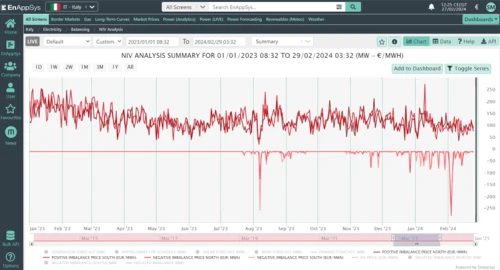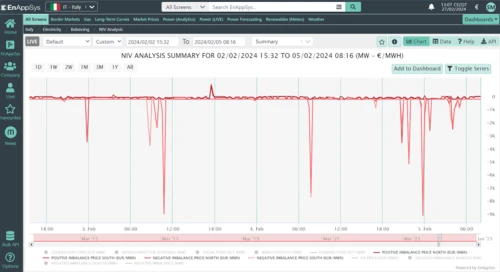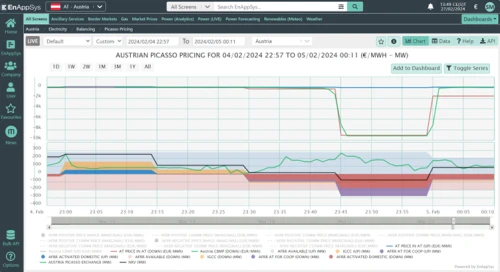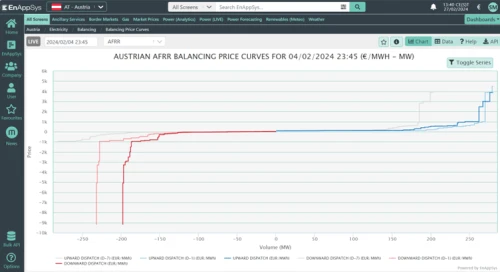PICASSO and its problems: Italian Imbalance Issues
With issues across European balancing markets caused by the PICASSO project now well documented, Jean-Paul Harreman, Market Expert at Montel Analytics takes a deeper look into the impacts on the Italian energy market and explains why the algorithm is producing unexpected outcomes.





We have market insights containing prices, fundamentals, actuals, normals, forecasts and backcasts for the variables driving European energy markets.